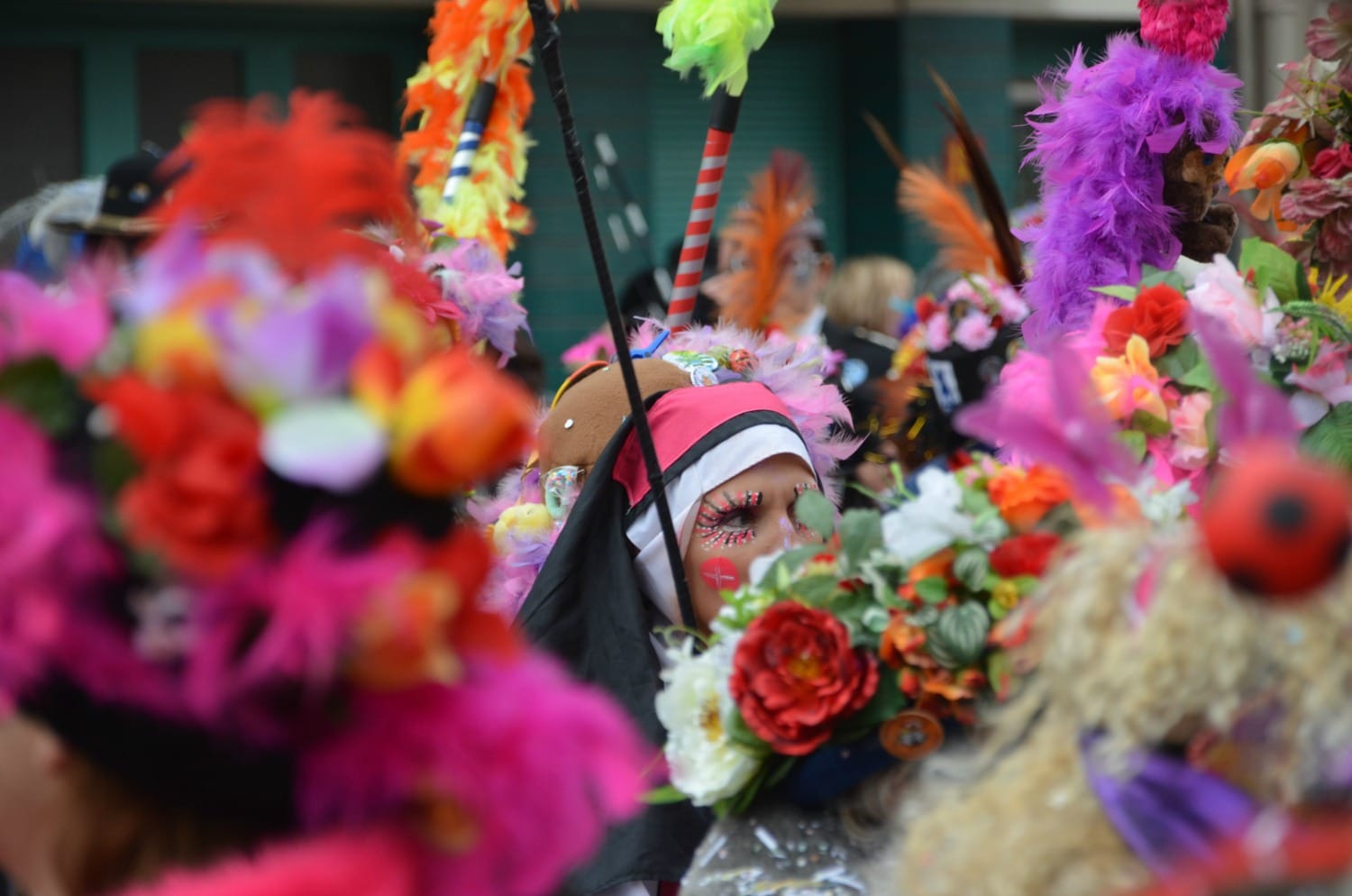
Northern France’s industrial port city of Dunkerque is known for several things: its eponymous battle (the subject of Christopher Nolan’s current film Dunkirk), its classification as part of the quirky “Ch’ti” region (which comes with its own dialects and all), and an absolutely insane iteration of the world’s carnivals that long predates Mardi Gras.


Growing up with a Dunkerquois father meant annual trips to the motherland that were always filled with moules frites on the digue (boardwalk), “Doigts de Jean Bart,” (my favorite treats from the local chocolatier that are made to look like the fingers of the town’s 17th-century naval hero), and the occasional ridiculous song ignited by any random trigger word. At big birthday parties or family reunions (which often involved a costumed dress code), my dad and his brothers would emerge from a back room in dresses, wigs, and feather boas, marching in formation for hours to Dunkerque’s iconic music. Everything was always a derivative of Carnaval, in its own way. At 25, I decided to go back to Dunkerque to experience the real deal for myself (and uncover a bit of its history along the way).


Le Carnaval de Dunkerque dates back to at least 1676, when the festivities were first officially sanctioned, and originated as a celebration for and by the Dunkerquois fishermen who each year set sail for Iceland to spend six months fishing cod; today, les carnavaleux honor the tradition each February and March by parading through the streets of the town’s center in elaborate disguises (the men often dress as women and the women as whatever inspires them) toward the direction of the town hall, from which the mayor throws dead fish from his balcony (they’re at least marinated and sous-vided). From there, the crowds filter back to the Place Jean-Bart (another main square) to honor his statue into the evening, singing songs littered with Patois colloquialisms while marching in a gigantic circle around the band that plays at the statue’s base. It is utter and complete madness soaked in spilled beer and blanketed in a special kind of camaraderie that can only be established between several thousand inebriated Frenchmen in drag. While I’ll likely never accept an airborne dead fish at any point in my life (let alone eat it), I’ll most definitely be going back to join the ranks of the carnavaleux year after year for the rest of my life.

[alert type=blue]
//www.thecrazytourist.com/15-best-things-dunkirk-france/
[/alert]

